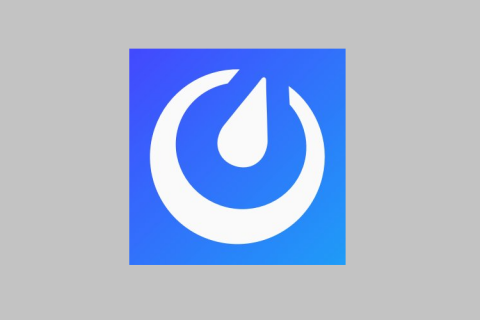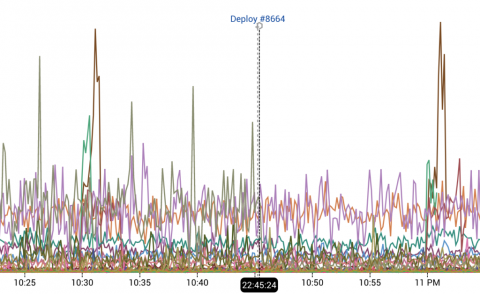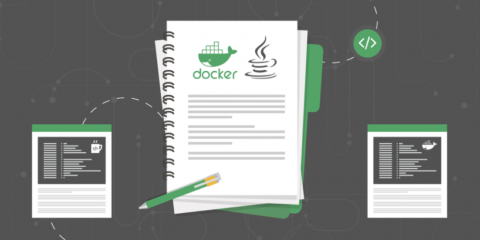Operations | Monitoring | ITSM | DevOps | Cloud
%term
Mattermost 5.0: Intercept and modify posts, advanced permissions, longer posts and more
Mattermost 5.0 has new features designed to improve productivity while enhancing security: Intercept and modify posts – customize Mattermost by creating plugins to automatically restrict, modify, censor and link posts, Advanced permissions – ensure everyone has the proper level of access with new system and team permissions schemes
Mattermost Recipe: How to create a chatbot with Dialogflow and Google Cloud Functions
(Editor’s note: This guest Mattermost Recipe was contributed by Brian Hopkins, a member of the Mattermost community.) Here’s the next installment of a new series of posts we’re doing on the Mattermost blog: Mattermost Recipes. The goal of these posts is to provide you with solutions to specific problems, as well as a discussion about the details of the solution and some tips about how to customize it to suit your needs perfectly.
Unlock the Value of IoT with Performance Monitoring
A new MIT Technology Review report reveals why—and how—application performance monitoring (APM) is the key to deriving maximum business value from the Internet of Things. Here’s what IT pros can learn from the findings.
Fewer Bugs, Faster Releases: How APM Improves the Software Development Life Cycle
The jobs of everyone involved in the Software Development Lifecycle (SDLC) are made easier by having application and business performance information easily available.
5 Things You Need in a Digital Operations Management Platform
It’s pretty well known that we live in a connected, always-on world where seconds matter when it comes to customer happiness. There are smaller incident management solution providers that offer what looks to be competitive pricing—but it’s important to consider the bigger picture outside basic alerting and incident response.
How to Get Java Code-Level Visibility
The toughest IT performance problems to solve today are the ones where a user complains that their application access is slow. An IT administrator must then figure out the cause of the problem: is it the browser, the network, the server, the storage, the cloud infrastructure on which the application is hosted, or the application code?
Use New Range Markers to Show The Duration of a State Change
In our world of distributed systems, state changes to your infrastructure often take some time to propagate. With a few exceptions (for example, feature flags), single point in time changes are rare. Deploys, outages, database migrations, failovers, stress tests; none of these things are instantaneous – all have some duration during which the system is changing.
A Start to Finish Guide to Docker with Java
Intro to managing and running a containerized Java Spring Boot application. Docker is a platform for packaging, deploying, and running applications in containers. It can run containers on any system that supports the platform: a developer’s laptop, systems on “on-prem,” or in the cloud without modification. Images, the packages Docker uses for applications, are truly cross-platform.










